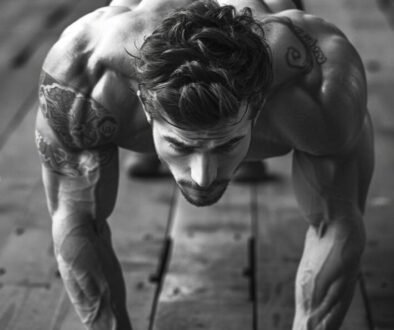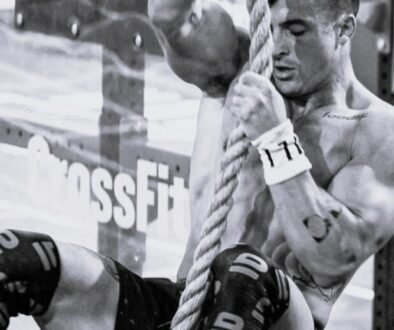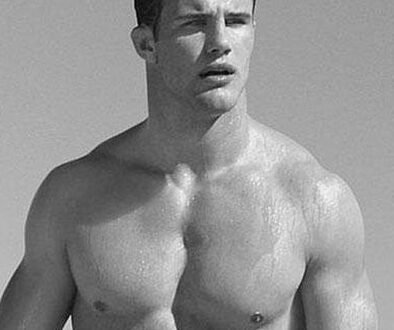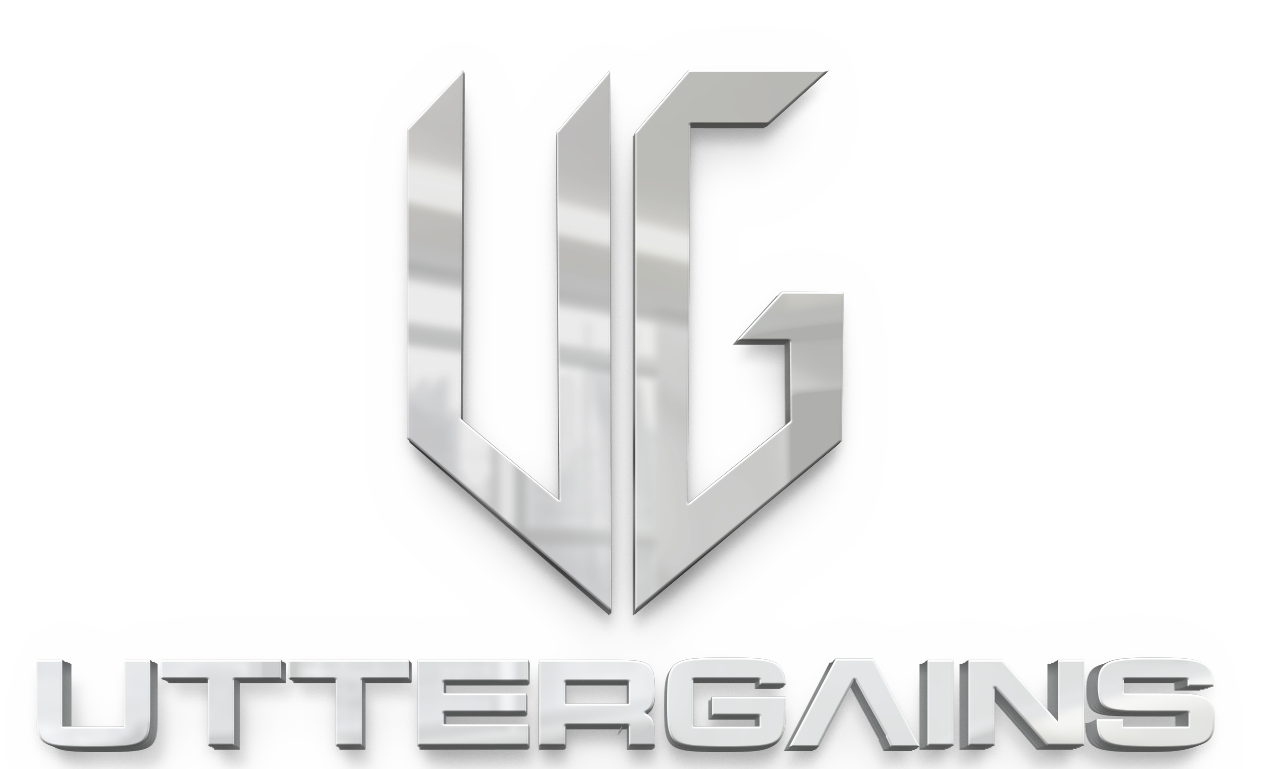Grow Amazing Legs with Bodyweight Workouts
Today, I will discuss some basic and convenient exercises that you can perform in the comfort of your own home to strengthen your leg muscles. I will cover various variations of these exercises that can help target specific areas of your legs.
If you desire to enhance your quads, glutes, or hamstrings, I will provide you with different variations that you can incorporate to achieve your aesthetic goals.
It is important to note that this is not about bodybuilding. I will not be advising you on how to increase the size of your legs. For that, you would need a barbell and access to a complete gym for a variety of exercises. These exercises are designed to help you build well-conditioned, athletic, and visually pleasing legs without the need for any equipment.
BODY WEIGHT SQUAT
Let’s begin with the most essential leg exercise – the bodyweight squat. This exercise targets your entire leg muscle group.
A little background on this exercise – the bodyweight squat has been used for centuries. Traditional Indian wrestlers used this as their primary leg conditioning exercise, performing thousands of reps daily. Additionally, several old-time bodybuilders used this as their main leg movement before weighted squats became popular. This exercise has a long history of being used to enhance overall athleticism, conditioning, and leg muscle development.
VARIATIONS
There are several variations that you can try to target specific areas of your legs. For example, a wide stance will emphasize the hips, glutes, and hip extensors, while a narrower stance will focus more on the quads. To increase quad emphasis, try placing your hands in front of you for balance. Allow your heels to come off the ground at the bottom of the squat to maintain an upright torso angle and shift the focus to the quads. Cycling through different stances can ensure more complete leg development.
For all squat variations, most individuals will see results by gradually increasing their volume up to three sets of 10 reps twice a week. It is important to progress slowly and focus on perfecting your technique before increasing volume.
SINGLE LEG MOVEMEMNTS
While squats are fundamental for leg development, single-leg movements can add variety and challenge different muscle groups. Lunges, especially reverse lunges and walking lunges, are great for targeting the quads, glutes, hamstrings, adductors, calves, and hip flexors. These movements should be added cautiously as they can cause soreness if volume is increased too quickly.
Pistol Squats
On this topic of single-leg movements, a more advanced movement you can do is the pistol squat.
A lot of people can build up their legs just fine with regular bodyweight squats and lunges. They can build pretty aesthetic legs with these simple movements. But some people have genetics that aren’t really conducive for building a lot of leg muscle.
So, if you’re one of those people and you want a little more intensity in your movements but you don’t have access to a barbell, you can try doing pistols and incorporating some pistols into your training.
If you build up to, three sets of pistols done with perfect form – a nice pause at the bottom and you have your nutrition on point that is supporting your training – even someone with less than ideal leg genetics would develop some pretty aesthetic legs doing that.
They also train your entire lower body; it’s a very productive movement.
Useful Assistance Exercises
In addition to squats and single-leg movements, there are other exercises that can assist in overall leg aesthetics. Jumping rope, running stairs, barefoot running, cycling, hiking, plyometrics, isometrics, and hill sprints are all effective options. Hill sprints, in particular, target the posterior chain, calves, hamstrings, and glutes intensively. If you are looking to develop these areas further, consider adding hill sprints to your routine.
Remember to ease into these exercises gradually, as they involve intense movements and can lead to soreness if not approached cautiously. Prioritize developing good leg conditioning with squats before experimenting with more advanced exercises like jump rope, barefoot running, or plyometrics. Approach these exercises conservatively and increase volume slowly to avoid injury and maximize results.



